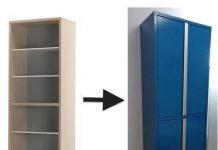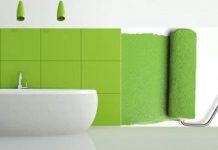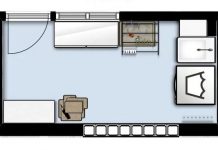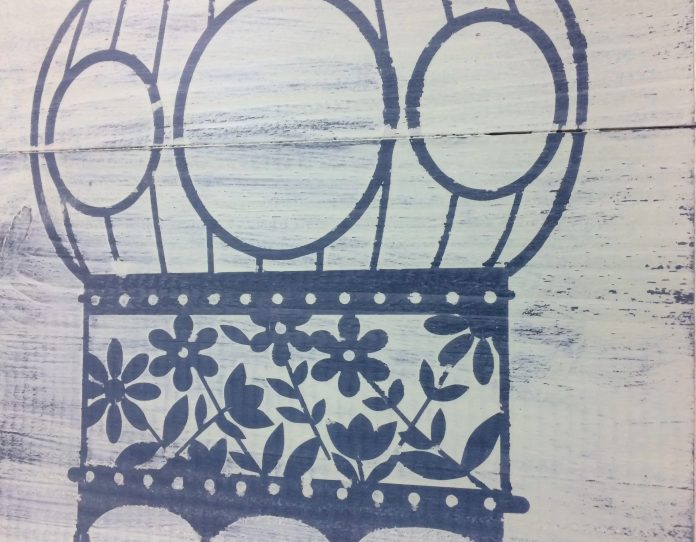
The chippy or chipping effect It is an aging technique that is mainly used to transform wooden furniture and objects. With this tutorial you will learn a little more about this technique and how you can apply it.
There are different techniques to give a piece of furniture an aged look (pickling, dry brushing, crackling, patina…). Among them, the chipping or the chippy effect It is one of the most realistic. However, it is a technique that is usually quite unpredictable, which is why it has such a special charm.
What is the chippy effect?
The chippy effect has a finish similar to that of the peeling paint. This process occurs naturally when a piece of furniture has been painted with different layers of paint. Over time and due to wear, changes in temperature and humidity, the paint tends to chip in certain areas.
The charm of that chipped piece of furniture is that it shows us its entire history. It allows you to see the colors with which it has been painted, creating beautiful contrasts. With the chippy effect, this finish can be recreated without having to wait for the years to pass. In this way, it is possible to provide character and character to any current piece of furniture.
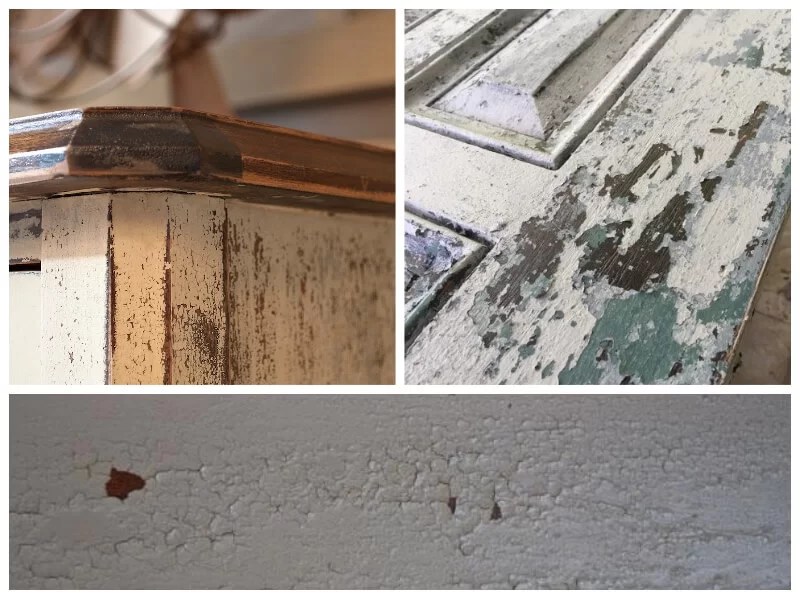
How to get the “chippy look”?
Without a doubt, the best way to achieve this effect is by using milk paint or milk paint. Some time ago I wrote about this type of paint and its differences with chalk paint (you can read it here).
In the United States, milk paint is very popular as it provides a very natural aged finish when used on varnished or waxed furniture. This peeling effect can be obtained using different techniques or methods.
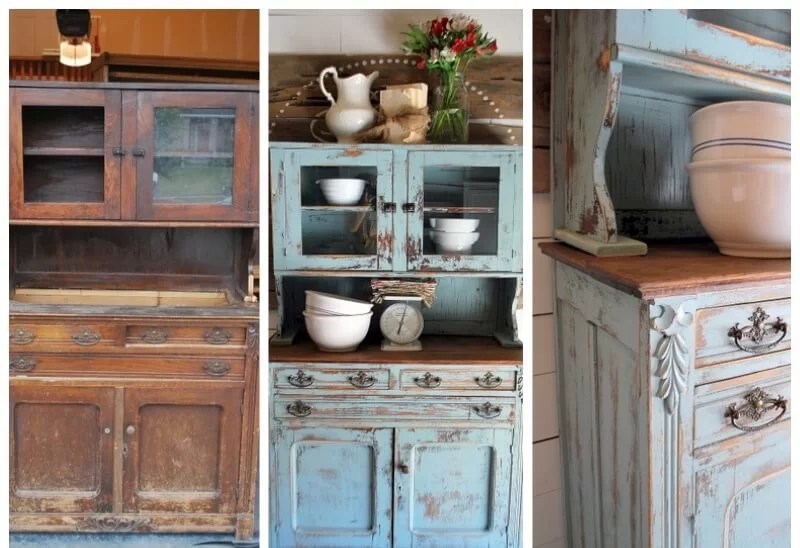
Technique 1: applying heat
This technique produces the most unexpected effect of all. In some areas it will flake more and in others less, but it is totally unpredictable.
- It is usually done on furniture already varnished or waxed.
- The usual thing is to apply a single color (for more than one color, it is better to use technique 2).
- It consists of painting the furniture or object with milk paint and applying heat while it is drying.
- Sand or rub the surface with a rag to finish lifting the paint.
- Finally protect it with varnish, wax or oil.
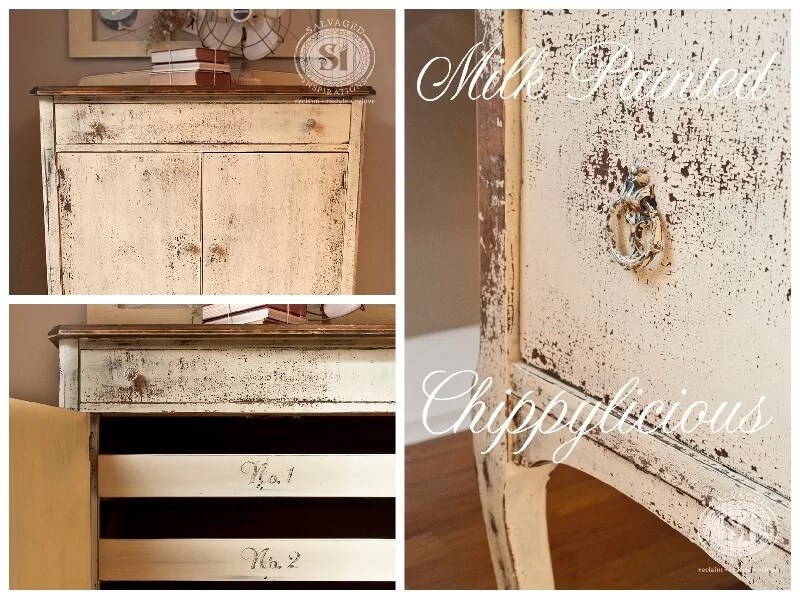
Technique 2: with hemp oil
It is usually used when you want to achieve a chippy effect with several colors (3 or 4, for example). In addition, you can control in which areas you want the paint to flake off.
- If the furniture or wooden object is varnished or waxed, the surface must be lightly sanded and a primer applied to fix the first layer of color. Another option is to add a bonding agent to the paint. The bonding agent is an additive for the paint to adhere well to non-porous surfaces.
- Once the first layer has dried, hemp oil is applied with a brush only on the areas where you want the chippy effect to occur.
- Next, another coat of paint of a different color is applied. Keep in mind that you have to brush in a unidirectional way so as not to spread the oil.
- Once the second layer of paint has dried, repeat the two previous steps as many times as you want to overlap colors.
- The milk paint is left to rise on its own (it can take several hours, it is best to wait overnight).
- Finally, the piece is sanded or a spatula is passed so that the paint finishes skipping.
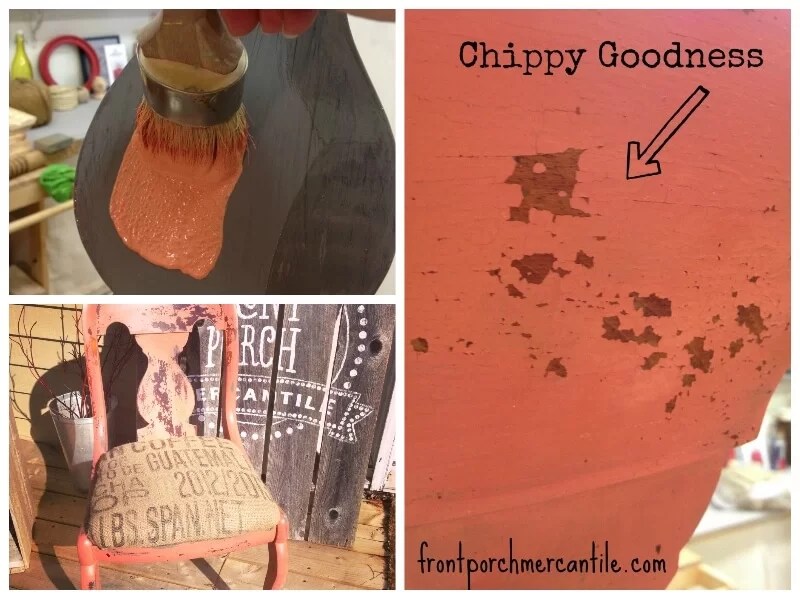
Technique 3: with wax and steel wool
This method is ideal for the impatient. With it a controlled chippy effect is produced but much softer than with the previous ones.
- First of all, a layer of color is applied (previous primer or bonding agent if the surface is not porous).
- Once the paint has dried, rub the areas where you want it to come off with wax.
- After about 10 to 15 minutes for the paint to absorb the wax, a second coat of a different color is applied.
- Once the second coat has dried, the entire surface is sanded with steel wool (soft or medium, depending on the type of flaking desired).
In this way, stripped areas are combined with others in which the paint appears to be “chopped”.
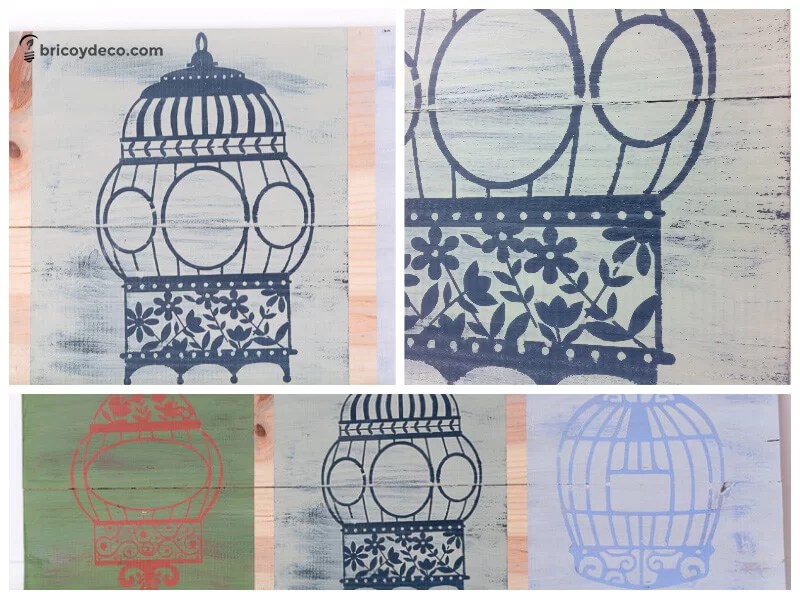
did you know the chippy effect as a furniture aging technique? If you liked it and want to learn more about it or about milk paint, don’t miss the next post. Soon I will prepare a video tutorial so you can better see how to apply this technique and how to paint with milk paint.
If you liked this post, you can see more practical guides, ideas and DIY projects at .

